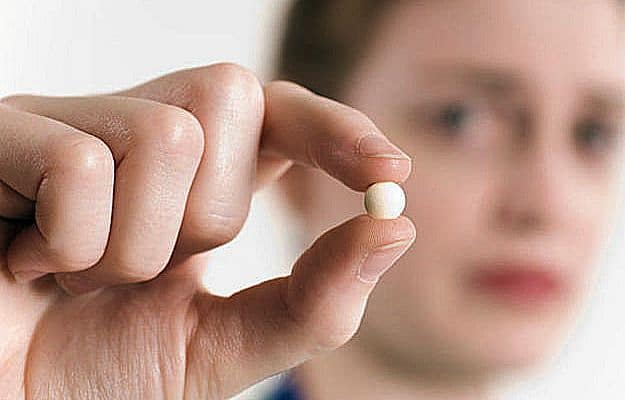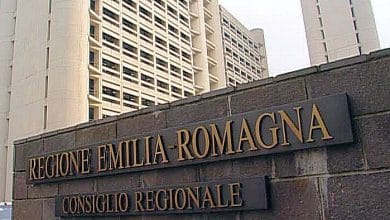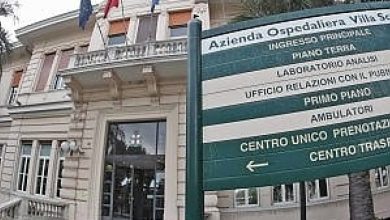
Huge figures compared to traditional medicines, which raise questions of accessibility and discrimination
The high costs of Sovaldi, Gilead's anti-hepatitis C, technical name sofosbuvir, which in the USA amount to 80 thousand dollars for 12 weeks of treatment, are sparking economic and ethical controversies and debates in the world. And if anyone wonders why the fuss, here is the answer published in Health Affairs by James Chambersof Tufts University in Boston, Massachusetts: specialist drugs are about to invade the market and in this case the game is worth the candle. These are drugs that in 2013 were less than the 1% of prescriptions, but about a quarter of pharmaceutical spending, a proportion that could rise to 63% in 2016, according to Express Scripts estimates. And while Gilead promises lower prices in developing countries, some say new drugs should cost hundreds of dollars, not tens of thousands. Another example is Johnson & Johnson's simeprevir: it costs about 66,000 dollars, and if combined with Sovaldi, as sometimes happens, it brings the anti-hepatitis cure to just under 150,000 dollars, about 100,000 euros, for a quarter of treatment. Huge figures compared to traditional medicines, which raise questions of accessibility and discrimination. Thus Chambers compared in 1999-2011 new and old drugs for costs and health gain expressed in Qaly, a parameter of economic evaluation of health interventions. The results? Compared to the usual medicines, those

Health Aff (Millwood). 2014 Oct 1;33(10):1751-60 . doi: 10.1377/hlthaff.2014.0574
Health Aff (Millwood). 2014 Oct 1;33(10):1710. doi: 10.1377/hlthaff.2014.1091
Ed.: Here's the flip side of the mass Whistleblower firings: 13,400 from 2007 to today. Since 2006 pharmaceutical companies have decided to change strategy. That is, abandoning in practice the so-called primary care (drugs for basic medicine) deemed no longer profitable due to the advent of generics and the consequent transfer of most of the prescriptions from doctors to pharmacists and/or administrators of the Health Service and aiming on biotechnological, oncological and specialist drugs. This strategy would have allowed enormous added values and reduced fixed costs (whistleblowers are so called by pharmaceutical companies).
The result in Italy is the dismissal of at least one third of Scientific Representatives operating in basic medicine, enormous costs for the various national health services and, last but not least, the lack of new medicines for basic medicine, emblematic the case of antibiotics.
If the various national, health and trade union authorities are not interested in the Whistleblowers, they should be interested, and very much, in the other aspects of the matter. Sometimes we look at the epiphenomena, but nothing is resolved, on the contrary, everything is silent.
This “Big Pharma” operation happened in conjunction with the economic/financial crisis so all these layoffs could be masked by the general crisis. And yes, there is the crisis … .
However, the pharmaceutical sector has never had a crisis (e not only in Italy and is expected a annual increase of 5% until at least 2020), indeed it has always increased its turnover and even increased its exports in this same period of the 64% (see ISTAT data).
Some would say that there are strong powers (and here they are really strong!).
Related news: Pharmaceutical. Which criterion to define the reimbursement price of drugs?
Related news: AIFA. The pharmaceutical challenges of the ultra-globalized world
Related news: Le Monde. «The faut établir un lien entre le prix d'un médicament et son lieu de production»
Eugenio Aringhieri, Farmindustria: "Biotech is a great opportunity for Italy"
Interview with the president of the biotech group of Farmindustria: "Research is carried out by competent people who also manage to think outside the box, in which luckily we continue to invest"
In the world, 350 million patients are treated with biotech drugs, practically a fifth of the total number of medicines on the market. Pharmaceuticals alone represent 92% of Italian biotech turnover with volumes of over 5 billion euros a year. Eugenio Aringhieri, 54-year-old president of the Farmindustria biotech group, as well as CEO of the biopharmaceutical company Dompé, sees a great opportunity for Italy in the sector.
What does biotech represent for the Italian economy?
“A great opportunity, both industrial and strategic. THE Western countries can no longer compete in low-tech sectors. Conversely, competitiveness is greater in hi-tech markets, where Italy can play its game. We understood it immediately and we are doing well: our biotech companies are focusing on scientific research and the specialization of human resources, with an increase in investments of 2.4% compared to last year”.
And how is this trust justified?
“Biotech-based treatments are often the only possible cure for rare diseases, but above all they are a response in areas of medicine that still have a high demand for health, such as oncology, neurology and infectious disease. In Italy there are already 110 biotech drugs on the market, but there is a strong growth trend because another 403 drugs are under development, and 62% of these is already in an advanced stage of human trials. And if today about half of the drugs under development are biotech, in 2025 it will be 75%".
An opportunity also for the world of research then?
“Especially for young people, because research is done by competent people who also manage to think outside the box, in which luckily we continue to invest”.
Is the case of Eos, the Milanese startup sold last year to Clovis Oncology for 400 million dollars, replicable?
“Yes, because in this sector the critical success factor is not the size of a company, but the innovative results. There are already other projects at an advanced stage and we can gain positions in the global market”.
How can we improve?
“There is still a lot to do. In Italy we have a delay in placing new products on the market of 300 days compared to Germany and the United Kingdom. If we consider that the remedies are produced for serious pathologies or for cancer patients, we often don't even have a year of time”.
Is there a culture favorable to biotech in Italy?
“I'll cite an example: Francesca Damadei, who in July, at the age of just 19, represented Italy at the London International Youth Science Forum to promote the role of biotech. For young people, scientific subjects are important: according to Istat, the loss of employment was less for graduates in scientific subjects than for engineering and medicine”.






